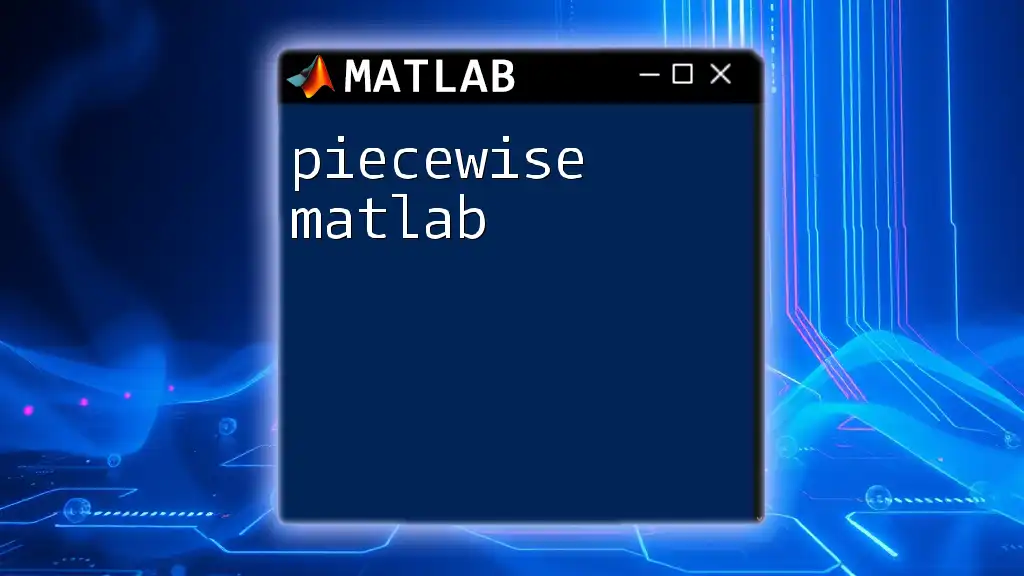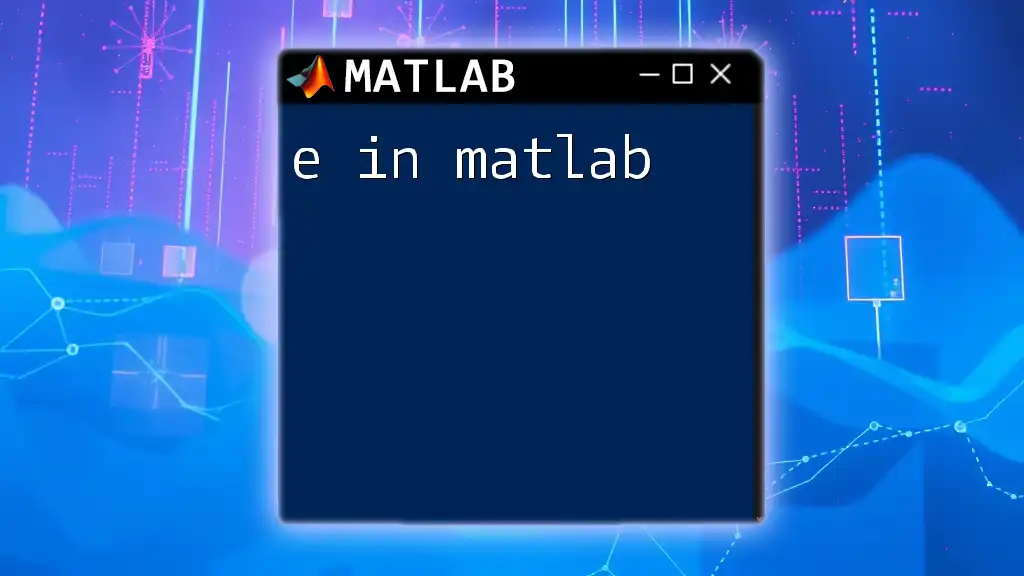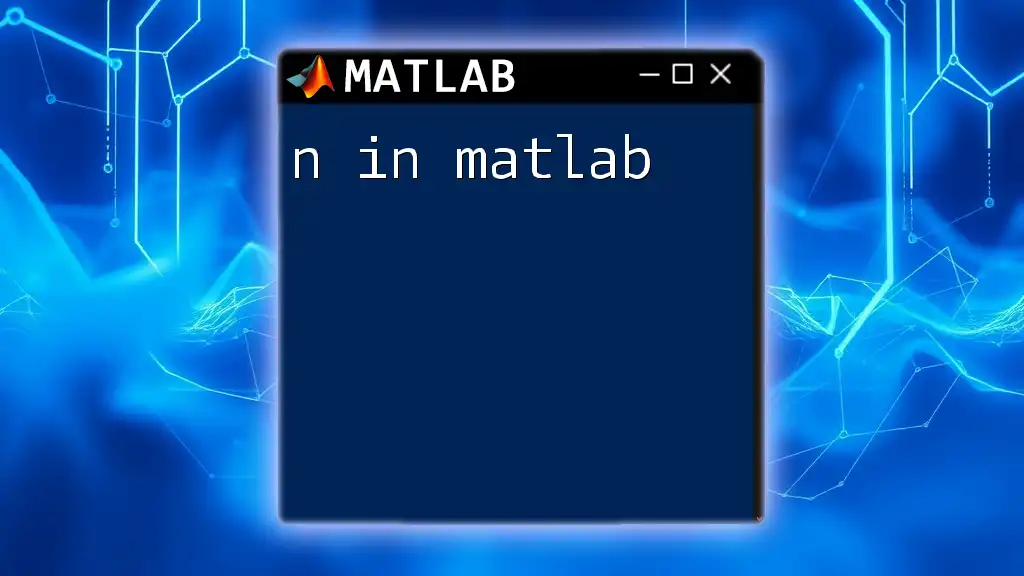In MATLAB, you can create a new line in your output or string by using the newline character `\n` within the `fprintf` or `disp` functions.
Here's a code snippet demonstrating how to use it:
fprintf('Line 1\nLine 2\nLine 3\n');
What is a New Line in MATLAB?
A new line in MATLAB refers to a line break that separates one command from another. Understanding this concept is crucial not just for functionality but also for improving the readability and organization of code. When writing scripts or executing commands in the Command Window, how you format your code with new lines can significantly impact both its clarity and performance.

Why Use New Lines?
Enhancing Code Readability
Using new lines effectively can transform complex code into something that’s much easier to digest. For instance, consider the difference between code that is crammed into a single line and code that uses new lines for separation.
% Without new lines
result=somefunction(x)+anotherfunction(y);
% With new lines
result = somefunction(x) + ...
anotherfunction(y);
In the example above, introducing new lines not only clarifies where each function begins and ends but also helps other programmers (or your future self) understand the code at a glance.
Improving Code Organization
Proper use of new lines allows you to structure your code logically. This organization is particularly beneficial when it comes to debugging because you can easily identify where a particular piece of code resides.
Imagine breaking down complicated calculations across multiple lines. It makes troubleshooting straightforward when errors arise, allowing you to pinpoint issues without sifting through a wall of text.
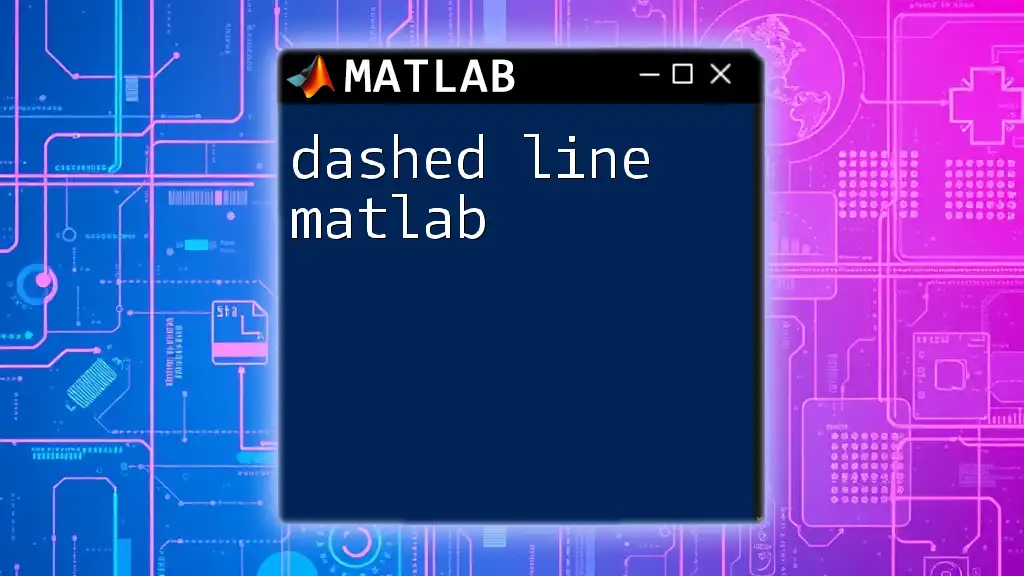
How to Create New Lines in MATLAB
Using the Return Key
In MATLAB, pressing the 'Enter' key creates a new line, which may seem straightforward but has different implications in the Command Window compared to scripts. In scripts, pressing 'Enter' will simply move to the next line, while in the Command Window, it finalizes a command.
Using Ellipsis (...)
The ellipsis (`...`) serves as a powerful tool for indicating that a command continues onto the next line. This practice is essential for maintaining flow in your code and ensuring that MATLAB recognizes it as a single statement.
For example:
total = 3 + 5 + ...
4 + 2;
Here, the ellipsis clearly delineates that the addition continues, effectively preventing MATLAB from misinterpreting the command.
When to Avoid New Lines
While new lines can improve clarity, there are occasions where they might do more harm than good. Avoid breaking lines in a way that can create confusion, such as separating a function call that should remain intact. For example:
% Incorrectly broken line
result = myFunction(arg1, arg2
, arg3);
MATLAB will throw an error here because it expects a complete statement and the way it is broken can mislead the interpreter.
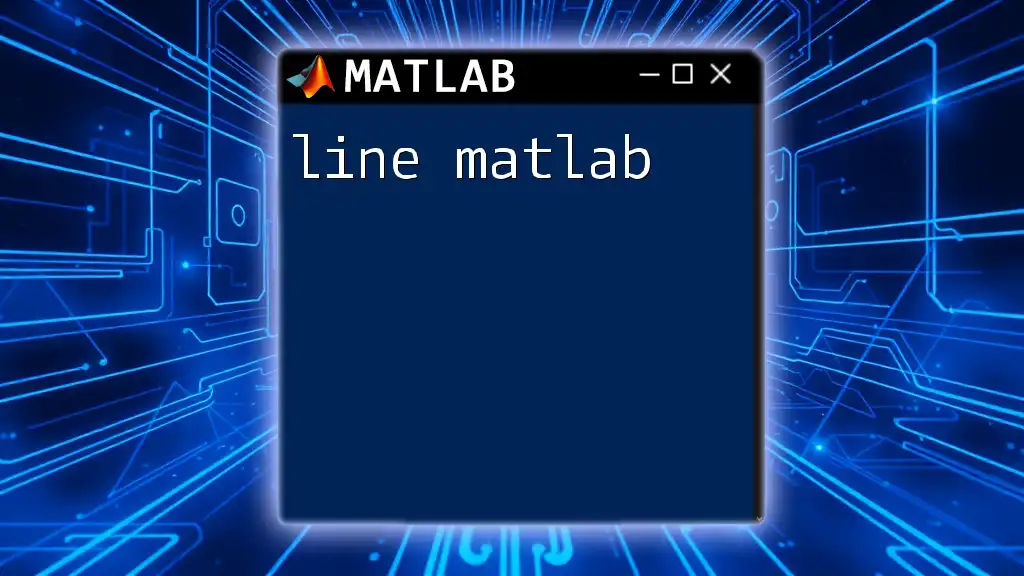
Best Practices for Using New Lines
Consistent Indentation
Maintaining consistent indentation across new lines drastically increases the readability of your code. Use spaces or tabs judiciously to align code properly. This practice not only makes your code look more professional but also helps you visually parse complicated scripts.
Logical Grouping of Code
Logical grouping refers to the practice of clustering related commands that perform similar tasks. By aligning these groups with new lines, you create a clearer structure. For example:
% Variable definitions
a = 1;
b = 2;
% Calculation
sum = a + b;
fprintf('The sum is: %d\n', sum);
Notice how separating variable definitions and calculations with new lines makes the intent of the code clear.
Commenting in New Lines
Comments elucidate the purpose of the code. Using new lines strategically for comments can enhance documentation. For instance:
% Loop through numbers
for i = 1:10
% Display current number
disp(i);
end
This organization helps others understand your code's logic at a glance.

Practical Applications of New Lines in MATLAB Scripts
Creating Readable Functions
Organizing functions with new lines can significantly enhance their clarity. Consider the following example of a MATLAB function:
function result = calculateSum(x, y)
result = x + y; % Perform addition
fprintf('The result is: %.2f\n', result); % Display result
end
Here, using new lines for parameter declaration, operation, and output makes the function easier to read and maintain.
Scripting in the Command Window
While working in the Command Window, you can enter multi-line commands using both the 'Enter' key and ellipsis. It allows for quick testing of code without cluttering your workspace.
Error Handling and Debugging
New lines play a pivotal role in debugging. When an error occurs, a well-structured code is much easier to navigate. By using new lines thoughtfully, programmers can trace errors more efficiently and maintain better control over their scripts.
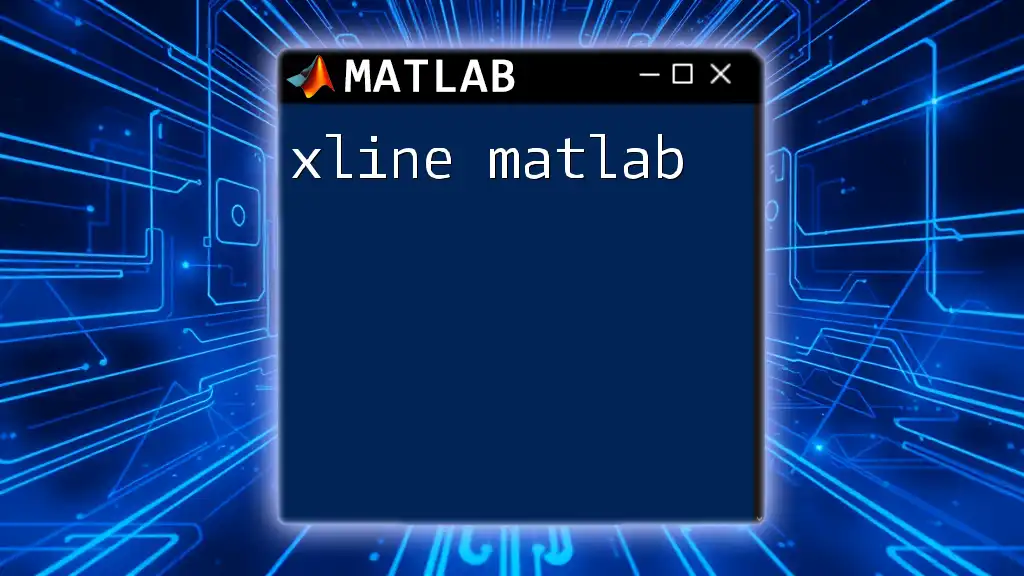
Common Mistakes to Avoid
Overusing New Lines
While new lines are helpful, excessive spacing can lead to confusion. A balance is crucial; too many new lines can make your code seem disconnected.
Forgetting to Use Ellipsis
A common pitfall is neglecting to use ellipsis when necessary. For instance:
% Incorrect
z = a * b + c
+ d; % This will cause an error
This code will generate an error because the continuation is improperly formatted without the ellipsis.
Neglecting Readability in Complex Code
As codes get intricate, it’s easy to become overwhelmed and cluttered. Regularly reviewing your code to spot areas where new lines can improve clarity is vital for long-term success.
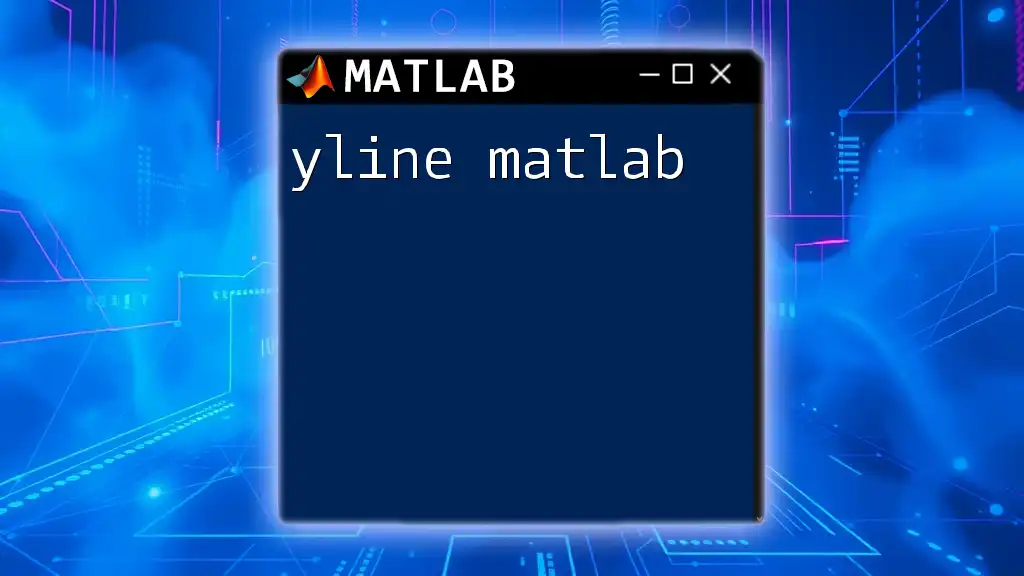
Conclusion
Understanding how to use new lines in MATLAB is not just about aesthetics; it directly influences the readability, organization, and effectiveness of your code. Embracing these practices will not only enhance your programming but also lead to better collaboration with others. Practice writing MATLAB scripts with intentional new line usage and watch as your coding skills evolve into a more structured and efficient approach.








